Few people know that the internet is powered by millions of kilometers of cables that lie deep under the ocean. We live in an abstract world in which the mechanisms behind how things work are invisible. This cable story could be a conspiracy theory for all we know. The increasing dematerialization of our universe, coupled with the acceleration of technological advances, has created a widening gap between the things we use in our daily lives and the way they are implemented. This abstraction prevents us from grasping how the world works and generates, at the same time, an inability to talk about our contemporary realities, about the choices we make as societies and their immediate or long-term effects. This creates a feeling of loss of control and powerlessness… if the cables were visible, some could imagine cutting them.
Pollock's Fault
Roxane Bovet , Yoan Mudry et Victor Strazzeri
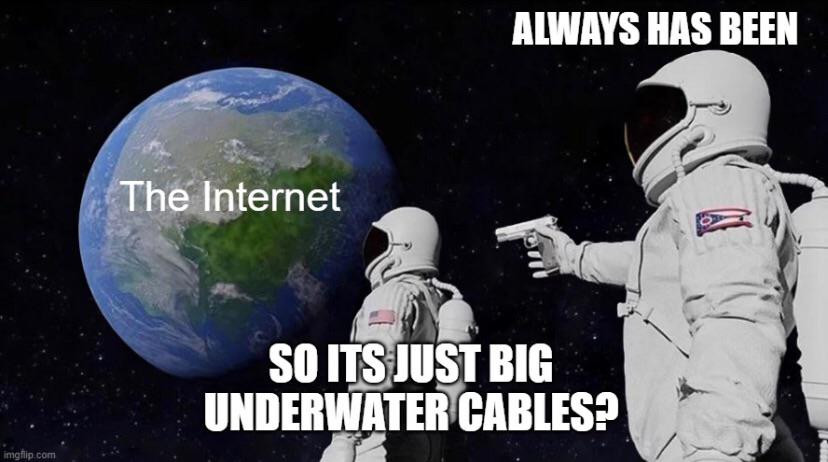
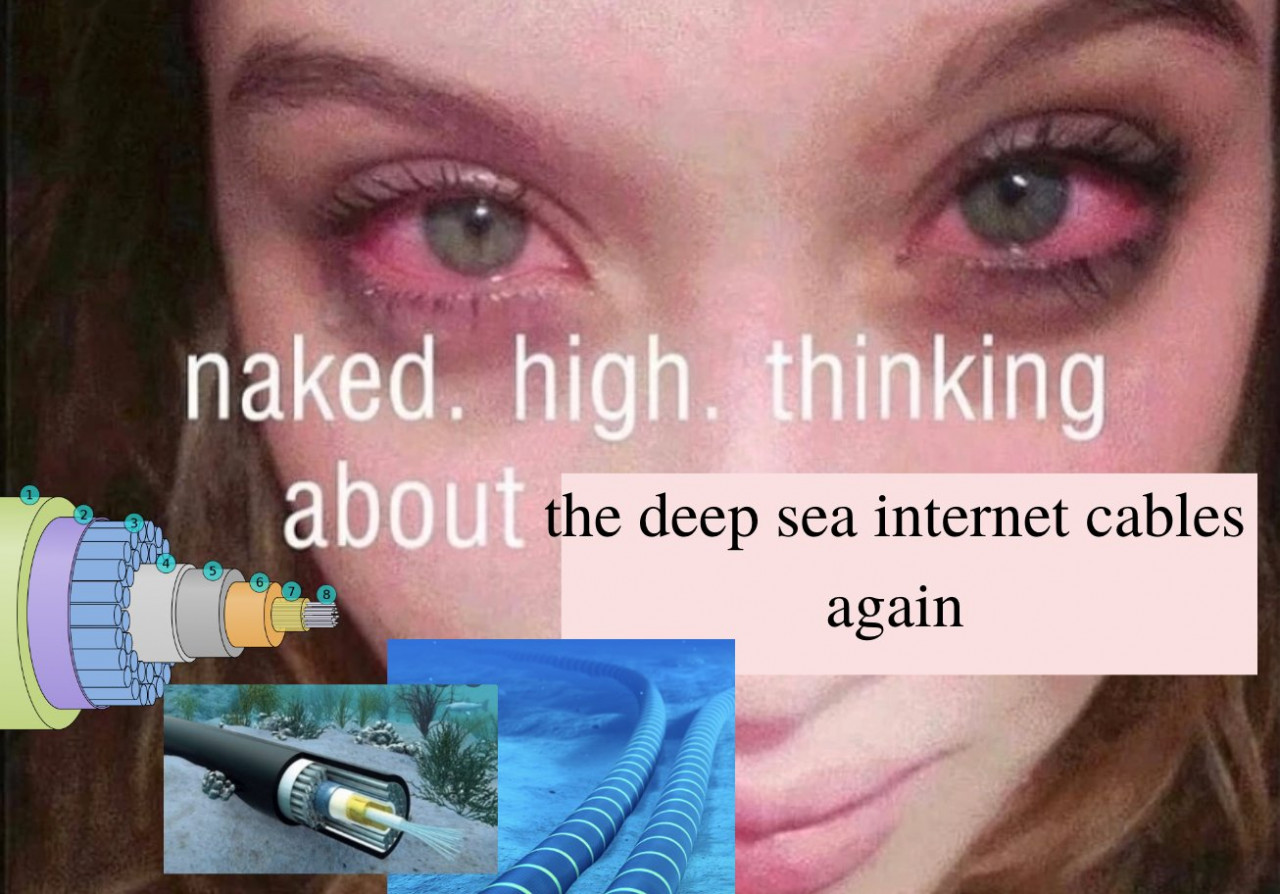
How many chances were there for Pollock, the fourth child of a poor family, alcoholic since he was 14, this violent man who beat his wife, drove too fast and drank, to become a hero? How many chances were there for this cowboy, whose life was essentially a drama, to become a symbol of freedom? It all began shortly after World War II. The victory of capitalism was decided in the United States, in Europe, and by forced association in much of the “rest of the world” as it was called at the time. In the United States, in the midst of McCarthyism, the new liberalism identified with the art of the Abstract Expressionists - not only because it had modern (and therefore necessarily American) characteristics, but above all because it embodied the highest notions of individualism and risk. In the immobility of the Cold War, Pollock, who had been forced to leave school for his communist writings, became a propaganda weapon. Without fearing contradiction, the CIA supported, bought and widely distributed the man and his work: abstract paintings are ideal projection spaces.
All this is false, of course, they are just stories that are told. But conspiracy theories need culprits, and Pollock is the ideal culprit. When you don’t see the cables, you might be tempted to think that the internet is run by magic crystals and that surveillance chips are injected through vaccines. On the one hand, abstraction represents the authentic freedom of the artist, that of the public and therefore of humanity. On the other hand, figurative painting is lying and manipulative. The capitalist abstractions seem natural to us as we operate with them on a daily basis. They are however the fruit of a long process of integration: under the terms of value (of status, of morality), they play the mediators in our exchanges, our interactions and the construction of our paradigms. This is the paradox of the system in which we evolve: we cannot become aware of the abstractions operating in our world without demonstrating a capacity for abstraction ourselves. At the same time, too much abstraction in the search for operating mechanisms produces an even more alienating abstraction since the disconnected sets of forms it creates make any action impossible.
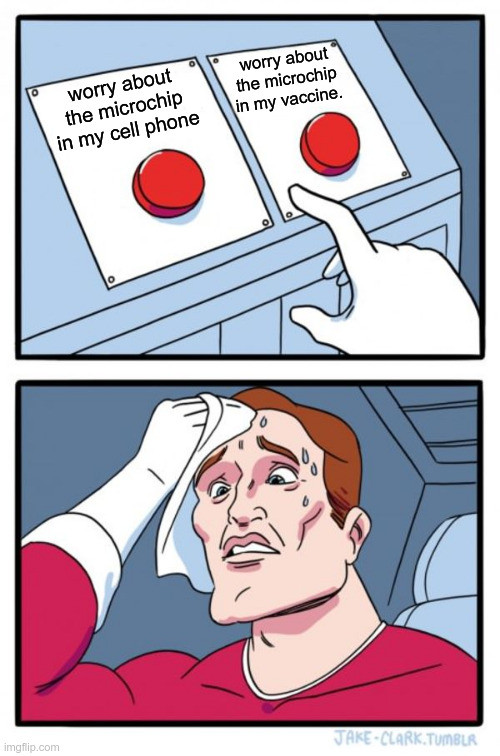
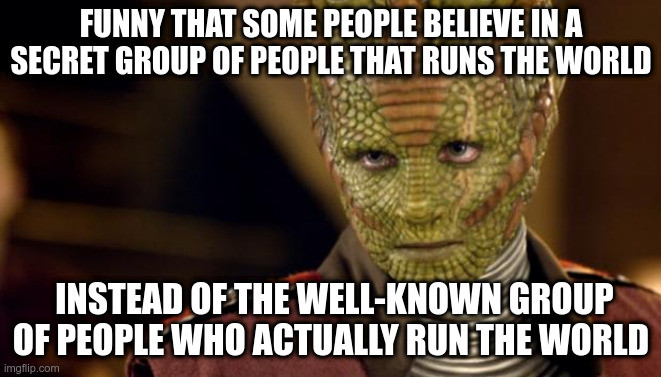
In the exhibition “Pollock’s Fault” by the artist Yoan Mudry, the spectators find them- selves plunged into the heart of a catastrophe that remains invisible to them; while it is revealed to the whole crowd around them. The characters are frozen, staring at an event that is unfolding in front of them. Stunned, surprised, appalled faces, the images used by the artist are taken from Hollywood blockbusters shot between 1995 and 2005. Brought back into contemporaneity by their frames, they do not call for any romantic reading, nor any nostalgia. Meeting in a new environment, hurricanes, asteroids, aliens, madness, shipwrecks, and dinosaurs combine here instead to form a singular narrative sequence that brings us back to our own catastrophes.
Looking out of the frame, motionless, the characters are only torpor and contemplative. But we are millennials; Hollywood has shaped much of our cultural background and we know that soon they will react. Soon there will be action, results and heroism. In the movies of our adolescence, disaster was always unexpected, sudden, exceptional and unique. It was solvable through immediate stances and the bravery of white men and Will Smith. These stories had evidence of cultural hegemony, and the purity of fiction. It was the abstraction of distance that ensured their success: in those days, catastrophe was far away. There was always a Mediterranean between us and the war, and the aliens always landed only in the United States. Today, the war has crossed the sea from the East, the global pandemic has not had the desired effect, and energy restrictions are following in the footsteps of health restrictions. In our realities, disasters are multiple, overlapping, gradually and insidiously taking hold. They form a tentacular monster, known under differ- ent names and living in multiple universes simultaneously but differently: global warming, species extinction, economic slavery, systemic genocide, and so many others.
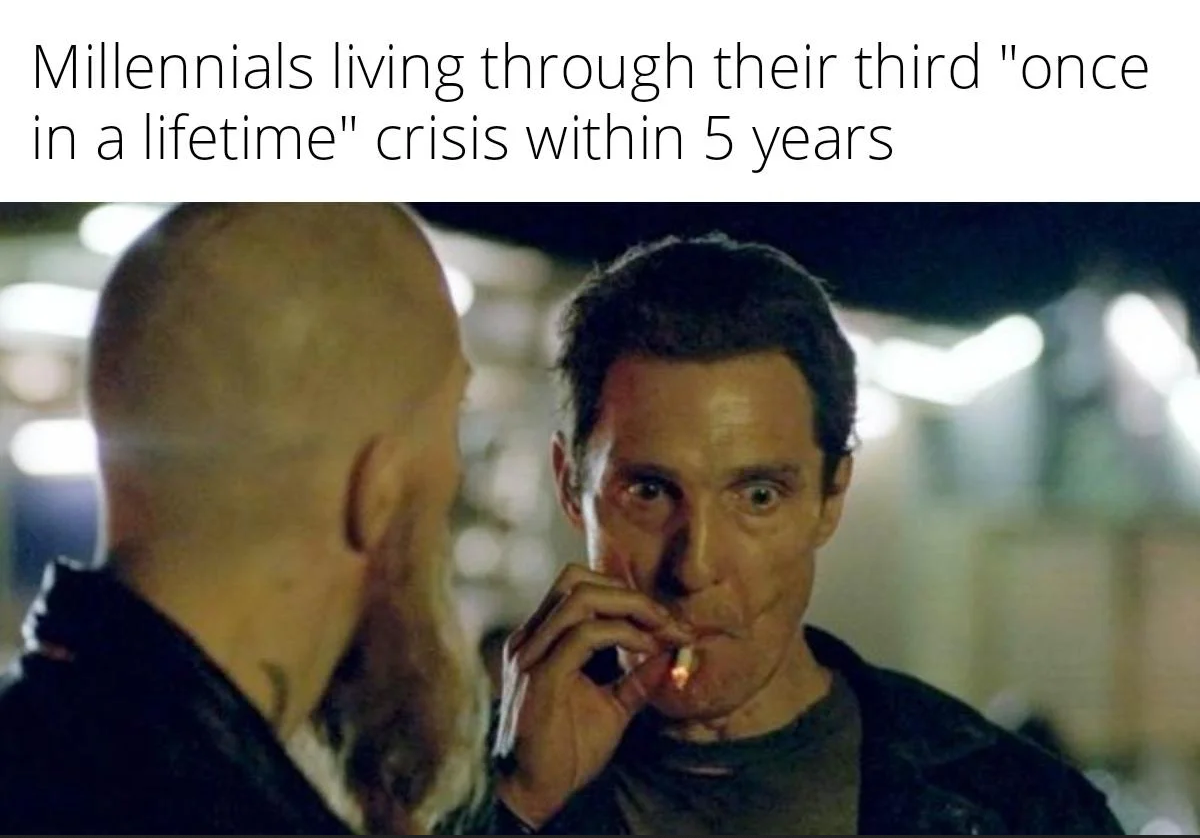
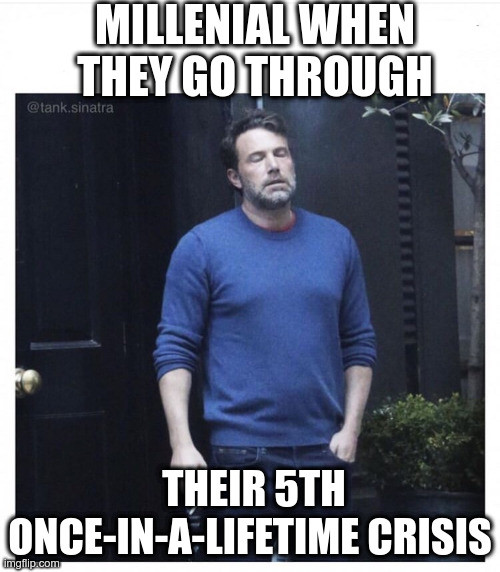
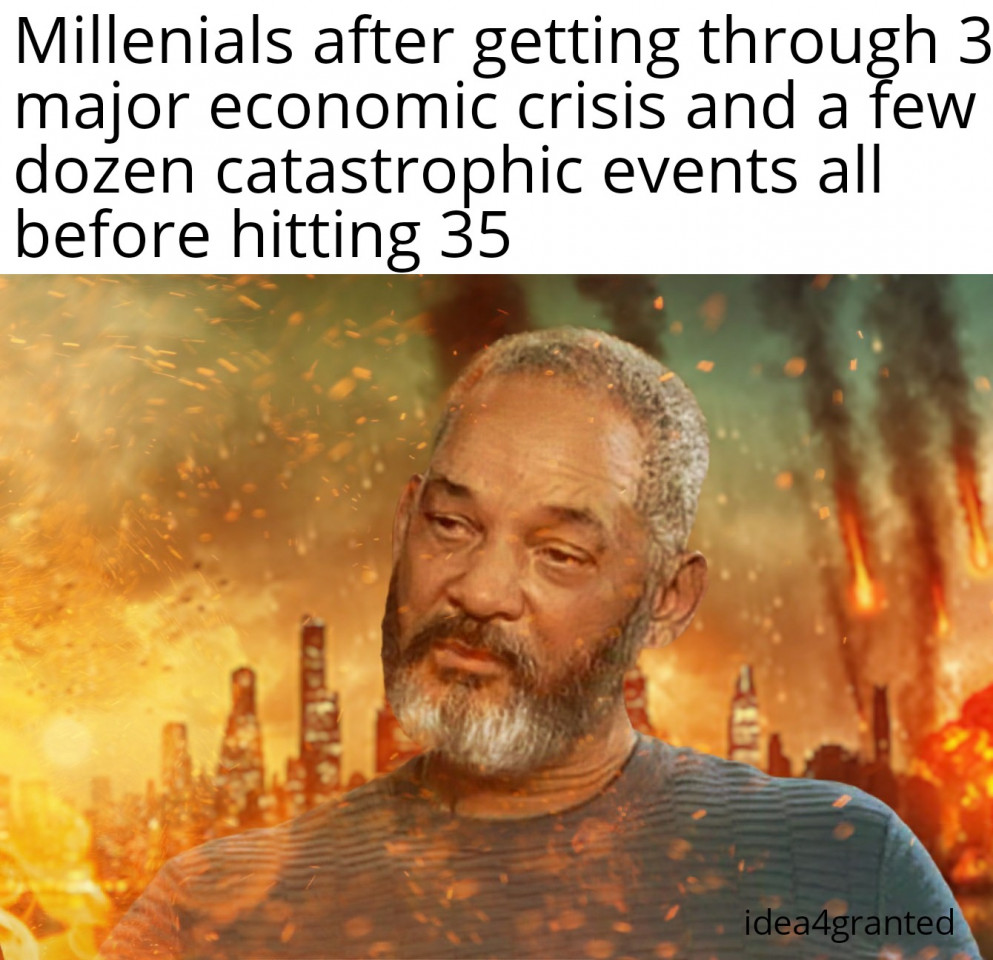
Like the new cultural industry, Yoan Mudry’s exhibition does not offer a happy ending. The frames, however, open up the discourse and allow for the possibility of action. Occupying a territory at the border of sculpture, playing with the presence of a pickle or the feeling of attraction-repulsion of an organic matter that spreads, they disengage our gaze from that of the paralyzed characters. The frames are the key that will allow us to move from a regime of abstraction to a regime of concreteness, so that the passive gaze is transformed into tangible actions.

